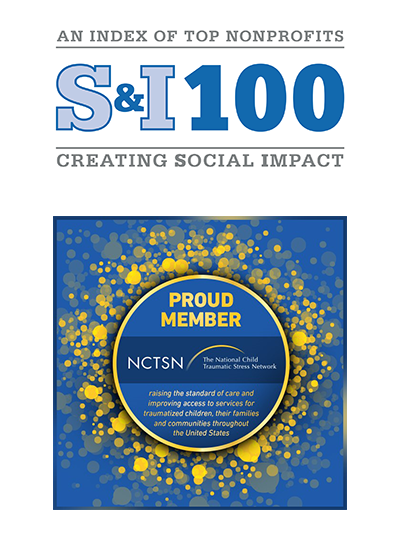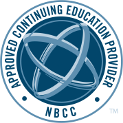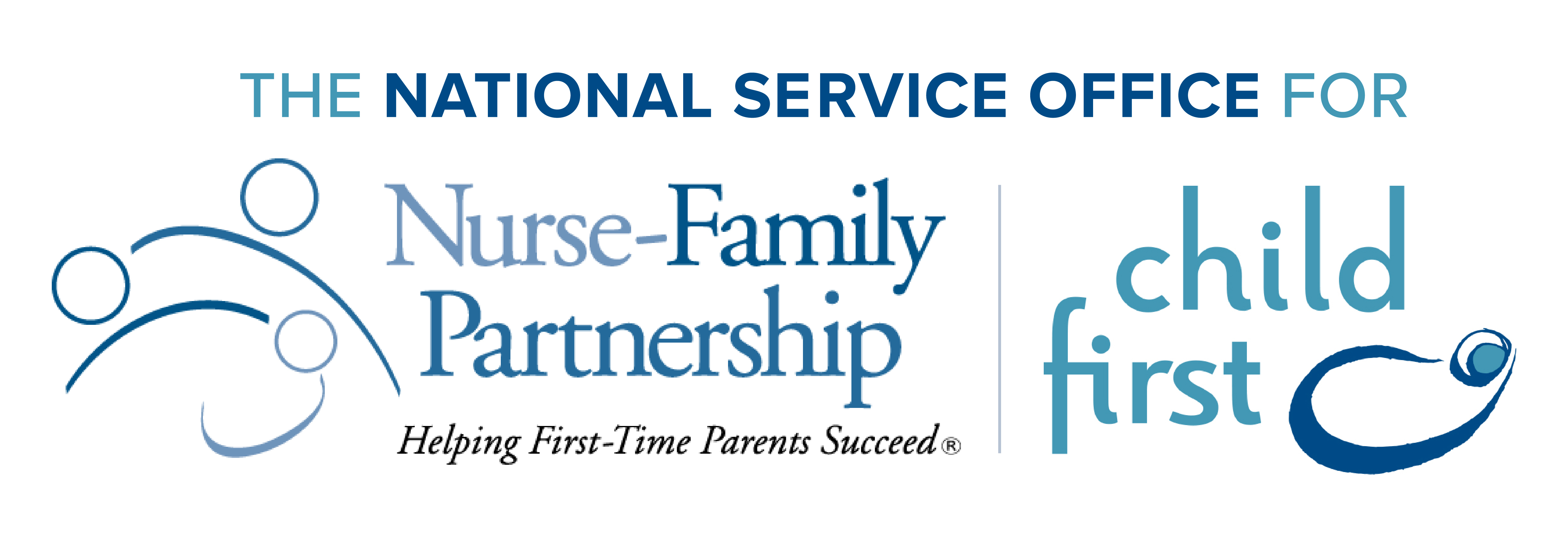Frequently Asked Questions
2. What is the cost of the program?
3. What are some typical sources of funding?
4. How will the quality of services be monitored in new sites adopting the Child First model?
5. Can the Child First model work successfully in a rural community?
7. Does Child First replace other services, such as early intervention?
8. Will the Child First program in my community be connected to Child First programs elsewhere?
9. How will the Child First National Program Office use our locally-generated data?
10. Does Child First help children develop school readiness skills?
Answers
1. If my community wants to start a Child First program, what are some primary factors to be considered?
It is important that the early childhood community be involved in this decision because this is an early childhood intervention embedded in a system of care. Child First does not stand apart from other community resources but works collaboratively with others to serve the most vulnerable children and families as a part of a continuum of supports and services. Child First prioritizes replication in states or other defined geographic areas (e.g. counties) where agencies are in the best position for sustainable, successful operations. Key factors considered by the NPO when investigating the viability of Child First replication in a given state or geographic area include:
- Level of need of targeted population
- Level of interest in early childhood mental health and understanding of the effects of trauma and adversity
- Potential for multiple, sustainable funding sources
- Interest from state leaders of child welfare, education, public health, social services, or other relevant state agencies to support a program like Child First
- Identifiable state champions and leadership to promote Child First
- A strong early childhood system that can support the families to be served
2. What is the cost of the program?
Most of the cost to implement Child First is at the agency level - for the staffing and related program operations costs. Agencies in partnership with local and state champions have the responsibility for identifying and securing funding for a minimum of three years and developing a long-term sustainability plan.
The typical implementation scenario is for an affiliate agency implementing Child First to commit to hiring a minimum of four teams, each with a licensed, Master’s level Clinician and a Bachelor’s level Care Coordinator. A full-time affiliate site Clinical Director/Supervisor oversees the Child First program within the agency, provides the necessary reflective clinical and administrative supervision, and serves as the primary contact within the regional Child First Network. Costs will vary depending on local salaries and the nature of the geographic region to be served (affecting mileage and numbers served).
Child First affiliate agencies also must budget for fees due to the Child First National Program Office. Currently, these include start-up fees, training fees, and annual support fees. Additional information can be provided upon request.
3. What are some typical sources of funding?
Private and public funding play an important role to establish new service areas, but public funding streams are necessary to sustain services. Potential sources for both start-up and sustainability funding include, but are not limited to:
Medicaid Reimbursement
State Agency Funding (e.g. Child Welfare, Public Health, and Education)
Federal Grants and Funding Streams
Philanthropy
For more details on the funding sources, see Our Network/Funding Page.
4. How will the quality of services be monitored in new sites adopting the Child First model?
Child First has developed a process to ensure fidelity to the model for new and existing sites which includes:
- Monitoring process data and clinical fidelity, on a monthly basis, beginning at the time of training within the Learning Collaborative.
- During the first year of training, Child First sites receive weekly reflective consultation by an experienced Child First NPO Clinical Director (progressing from weekly to biweekly), including review of videotapes of the home visits.
- Analyzing outcome data based on the completion of baseline and discharge assessment measures for all families served.
- Clinical Supervisors lead quality improvement efforts at their sites and provide feedback on these initiatives to the Child First NPO.
- Accreditation is granted based on fidelity to the Child First model.
5. Can the Child First model work successfully in a rural community?
Yes, the home-based intervention makes it very accessible for families in rural communities, who would otherwise find it extremely difficult to get to mental health and family support services. Most importantly, it is necessary for all service providers from the region to come together and assess the resources available for families with young children, looking at both gaps in services and barriers to access. Together, providers may come to collaborative solutions that help extend their resources and better serve families.
6. Can a family be involved with Child First if members are already being served by another community agency?
Yes, families are almost always involved with Child First and other community agencies. Referrals usually come from other service providers and Child First almost always refers families to new community resources to address unmet needs. A close collaborative relationship and communication among providers is an essential component of the Child First model. Child First may partner flexibly with other home visiting models to insure efficiency of services. For example, if a home visiting program has identified depressive symptoms in a mother or a child has behavioral problems, Child First may provide either consultation or ongoing home-based services in collaboration. However, it is important to ensure that Child First is not duplicating an existing service that the family is receiving. For example, a child should not be receiving outpatient mental health services and Child First simultaneously.
7. Does Child First replace other services, such as early intervention?
No, Child First frequently works with IDEA early intervention and multiple other service providers. Frequently, in this partnership, the outcomes desired by the other interventions are enhanced as well. For example, Child First concentrates on the emotional/behavioral component by intervening with the parent-child relationship. As a result of increased positive interaction and communication, not only do behavioral problems resolve, but language development is very often significantly enhanced. Maternal mental health is very frequently improved as well. It is recommended that the outcomes desired by the family be carefully assessed to see what array of services will accomplish these most effectively and efficiently.
8. Will the Child First program in my community be connected to Child First programs elsewhere?
Yes, there is a national Child First Network, with significant opportunities to share new ideas, problem solve, and share data within each state. The National Program Office facilitates strong in-state networking, and dialogue nationally across states.
Child First currently has affiliates in North Carolina, Florida, and throughout Connecticut.
(See the list of current Child First Network)
9. How will the Child First National Program Office use our locally-generated data?
- Analyze aggregate data to understand the children and families served, level of services provided, and outcomes.
- Ensure that each site maintains fidelity to the Child First model.
- Identify programs that might be in need of technical assistance to improve outcomes.
- Examine success with subpopulations of families, where large numbers are important for analysis (e.g., ethnic groups, rural population, adult psychopathology).
- Examine successful innovations by local sites for further evaluation and dissemination.
10. Does Child First help children develop school readiness skills?
Yes, in multiple ways. By decreasing the stress experienced by the child and enhancing the parent-child relationship, the Child First intervention can prevent damage to the child’s developing brain in very important ways. 1) It can prevent emotional and behavioral problems, which directly interfere with the child’s ability to concentrate and learn; and 2) It can directly impact the development of executive functioning (located in the prefrontal cortex of the brain), which is responsible for such functions as working memory, attention, impulse control, cognitive flexibility, and self-regulation, all necessary for successful learning. 3) Further, with improvement of the parent-child relationship, there is increased communication and language development, which is the foundation for literacy. As the child’s sense of security increases, so does exploration, mastery, and self-esteem. The family may also be directly connected to services that impact school readiness, like early intervention, early care and education, or adult literacy.







